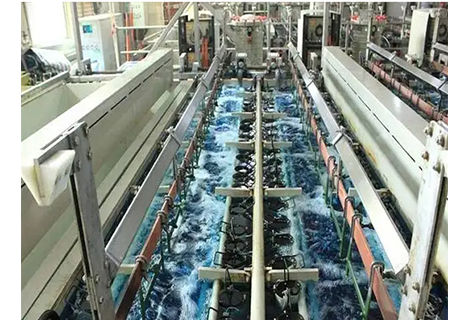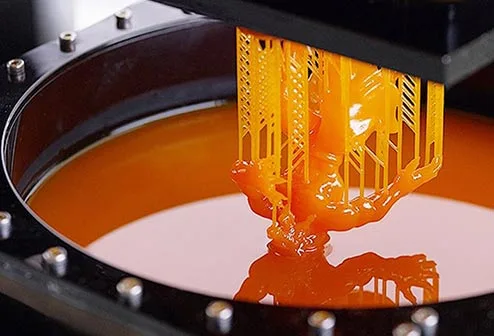Fasteners as commonly used parts, you should not be unfamiliar, today Richconn from the classification of fasteners, the identification and inspection of threads, bolts, screws and studs of the material requirements, heat treatment requirements and mechanical performance requirements, the types of steel bolts and the construction of the four aspects of the introduction.
Fasteners are used for fastening connections and are widely used in a class of mechanical parts. Fasteners, the use of a wide range of industries, including energy, electronics, electrical appliances, machinery, chemical industry, metallurgy, molds, hydraulics and other industries, in a variety of machinery, equipment, vehicles, ships, railroads, bridges, buildings, structures, tools, instruments, chemicals, gauges and supplies, etc., can be seen above all sorts of fasteners, is the most widely used mechanical foundation.
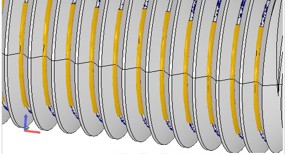
It usually includes the following 12 types of parts: bolts, studs, screws, nuts, self-tapping screws, wood screws, washers, retaining rings, pins, rivets, combinations and connections, welding nails.
By the head and screw (with external threads of the cylinder) composed of two parts of a class of fasteners, need to cooperate with the nut, used to fasten the connection of two parts with a through hole. This form of connection is called bolt connection. Such as the nut from the bolt screw down, and can make the two parts separate, so the bolt connection is a removable connection.
There is no head, only the two ends of a class of fasteners with external threads. Connection, it must be screwed into one end with internally threaded holes in the parts, the other end through the parts with through holes, and then screwed on the nut, even if the two parts are tightly connected as a whole. This type of connection is called a stud connection and is also a removable connection. Mainly used for one of the parts being connected to a greater thickness, compact structure, or due to frequent disassembly, should not be used in bolt connection occasions.
Also by the head and screw two parts of a class of fasteners, according to the use can be divided into three categories: steel screws, fastening screws and special purpose screws. Machine screws are mainly used for a tightening threaded holes in the parts, and a through-hole parts with a fastening connection between the parts, do not need to nut with (this form of connection is called screw connection, also belongs to the removable connection; can also be used with the nut with the two through-hole parts with a fastening connection between the parts.) Set screws are mainly used to fix the relative position between two parts. Special-purpose screws such as ring screws for lifting parts.
With internal threaded holes, the shape is generally shown as a flat hexagonal column, there are flat square or flat cylindrical, with bolts, studs or steel screws, used to fasten the connection between the two parts, so that it becomes a whole piece.
Similar to the screw, but the thread on the screw for the special self-tapping screw thread. Used to fasten the connection of two thin metal components, so that it becomes a whole, components need to be made beforehand on the hole, because this screw has a high hardness, can be directly screwed into the components of the hole, so that the components in the formation of the corresponding internal threads. This form of connection also belongs to the removable connection.
Is also similar to the screw, but the thread on the screw for the special wood screw thread, can be screwed directly into the wooden components (or parts), used to a metal (or non-metallic) with through-hole parts and a wooden component fastened together. This type of connection is also a removable connection.
The shape of a flat circular ring of a class of fasteners. Placed between the bolt, screw or nut support surface and the surface of the connected parts, play a role in increasing the contact surface area of the connected parts, reduce the pressure per unit area and protect the surface of the connected parts from being damaged; another type of elastic washers, but also play a role in preventing the nut back to the role of loose.
For installation in the steel structure, equipment, shaft groove or hole groove, play a role in preventing the shaft or hole on the parts of the left and right movement.
Mainly for parts positioning, some can also be used for parts connection, fixed parts, transmission of power or lock other fasteners.
By the head and nail rod composed of two parts of a class of fasteners, used to fasten the connection of two through-hole parts (or components), so that it becomes a whole piece. This form of connection is called riveted connection, referred to as riveting. Belong to the non-removable connection. Because to make the two parts connected together to separate, must destroy the rivets on the parts.
Combination of parts refers to a combination of a class of fasteners supplied, such as a machine screw (or bolt, self-supporting screws) and flat washers (or spring washers, lock washers) combination of supply; connecting vice refers to some kind of special bolts, nuts and washers combination of a class of fasteners supplied, such as high-strength large hexagonal bolts for structural steel connecting vice.
As a result of light rod and nail head (or no nail head) constitute a different type of fasteners, with the welding method to fix him connected to a part (or component) above, in order to then connect with other parts.
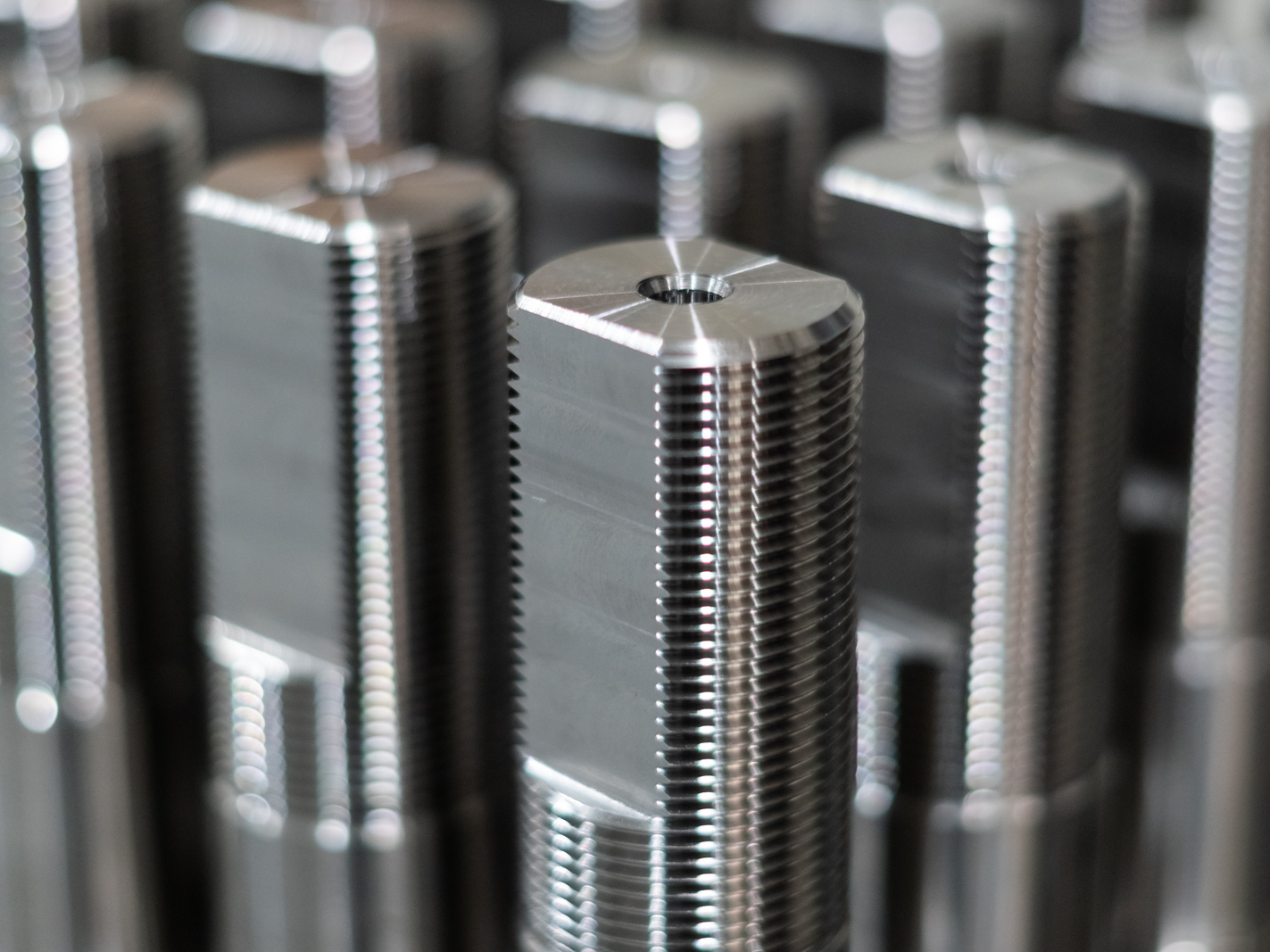
The use of threads is very wide, from airplanes, automobiles to water pipes and gas used in our daily life, most of the threads play the role of fastening connection, followed by the transmission of force and movement, and some special-purpose threads, although there are many kinds of threads, but their number is limited.
The use of threads can be durable because it has a simple structure, reliable performance, easy to dismantle, easy to manufacture and other characteristics, making it an indispensable structural element in a variety of electromechanical products nowadays.
According to the use of thread, all kinds of threaded parts should have the following two basic functions:
First, good screwability
The second is sufficient strength.
a. According to its structural characteristics and use, it can be divided into four categories:
Ordinary thread (fastening thread): the tooth shape is triangular, used for connecting or fastening parts. Ordinary threads are divided into two kinds of coarse and fine threads according to the pitch, and the connection strength of fine threads is higher.
Transmission threads: trapezoidal, rectangular, saw-shaped and triangular, etc.
Sealing threads: used for sealing connections, mainly pipe threads, tapered threads and tapered pipe threads.
Specialized threads, referred to as special threads
b. Threads according to the region (country) can be divided into: metric threads (metric threads), British threads, American threads, etc. We customarily refer to the British threads and American threads collectively as the British threads, which have a tooth angle of 60 °, 55 °, etc., and the diameter and pitch and other related thread parameters using the British size (inch). In China, the tooth angle is standardized to 60°, and the diameter and pitch in millimeters (mm) are used, while the threads are named as common threads.
The demand for fasteners in the construction machinery sector is huge, and different projects may require different types and sizes of fasteners. Richconn is your reliable partner in this regard. As a precision manufacturing company, Richconn offers precision CNC machining services and screw machining services that can fulfill the fastener needs of the construction machinery sector. We are committed to providing our customers with high-quality fasteners and customized solutions to ensure the reliability and performance of their machinery and equipment.
Whether you need bolts, screws, nuts, or any other type of fastener, Richconn can provide precise fabrication and customization services to meet your needs. Our team of professionals will provide you with the best solution to ensure your project runs smoothly. No matter how many fasteners you need for your mechanical project, Richconn will be your trusted partner for exceptional support.
So if you're in need of high-quality fasteners and customized services for your mechanical engineering needs, consider partnering with Richconn, and we'll be happy to help you ensure the success of your project. Wherever and whenever you need us, Richconn is ready to provide you with exceptional support for your fastener needs.
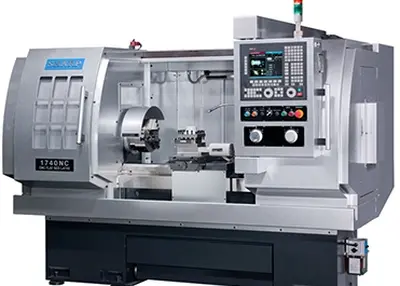 How Much is a CNC Machine?September 21, 2023The cost of a CNC (Computer Numerical Control) machine can vary widely depending on several factors, including the type of machine, its size, capabilities, brand, and whether it's new or used.view
How Much is a CNC Machine?September 21, 2023The cost of a CNC (Computer Numerical Control) machine can vary widely depending on several factors, including the type of machine, its size, capabilities, brand, and whether it's new or used.view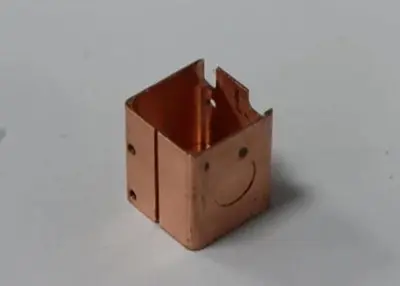 A Comprehensive Copper Analysis for CNC MachiningJanuary 12, 2024Here are various properties of copper - from its elemental essence, physical prowess, thermal and electrical properties, to applications in CNC machining.view
A Comprehensive Copper Analysis for CNC MachiningJanuary 12, 2024Here are various properties of copper - from its elemental essence, physical prowess, thermal and electrical properties, to applications in CNC machining.view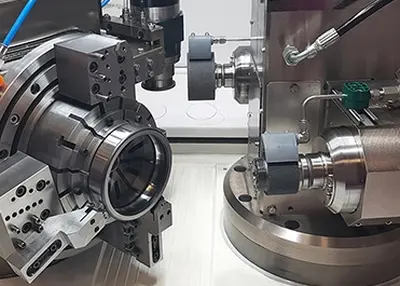 CNC Machining Aerospace Parts Need to Know 8 Points of MattersOctober 25, 2023CNC machining is one of the most widely used manufacturing methods in the aerospace industry. While you probably know at least a little about it, here are 8 things you need to know when CNC machining aerospace parts.view
CNC Machining Aerospace Parts Need to Know 8 Points of MattersOctober 25, 2023CNC machining is one of the most widely used manufacturing methods in the aerospace industry. While you probably know at least a little about it, here are 8 things you need to know when CNC machining aerospace parts.view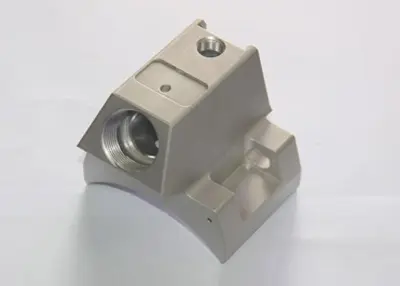 Anodized Aluminum: How to Anodize Aluminum Parts?January 23, 2024Are you familiar with anodizing aluminum? If not, you can read this article and get to know about the process and other related things.view
Anodized Aluminum: How to Anodize Aluminum Parts?January 23, 2024Are you familiar with anodizing aluminum? If not, you can read this article and get to know about the process and other related things.view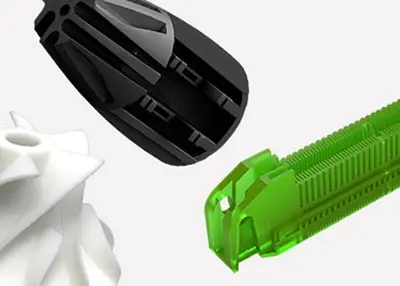 Material Selection for Stereolithography (SLA) 3D PrintingOctober 17, 2023When comparing the material properties of thermoplastics used in injection molding with "thermoplastic-like" materials used in an industrial 3D printing technology such as stereolithography (SLA), many factors come into play.view
Material Selection for Stereolithography (SLA) 3D PrintingOctober 17, 2023When comparing the material properties of thermoplastics used in injection molding with "thermoplastic-like" materials used in an industrial 3D printing technology such as stereolithography (SLA), many factors come into play.view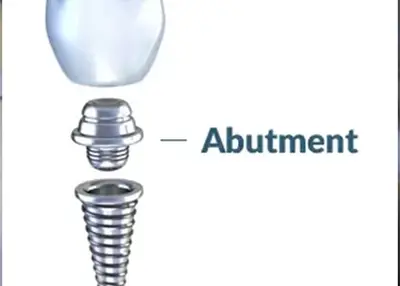 Implant Abutment Materials and SelectionOctober 24, 2023Commonly used implant abutment materials can be divided into five categories: titanium (precision machining, polished, laser etched), surgical grade stainless steel, cast gold alloys, zirconium oxide, and polyether ether ketone (PEEK).view
Implant Abutment Materials and SelectionOctober 24, 2023Commonly used implant abutment materials can be divided into five categories: titanium (precision machining, polished, laser etched), surgical grade stainless steel, cast gold alloys, zirconium oxide, and polyether ether ketone (PEEK).view
 EN
EN
 ru
ru 
